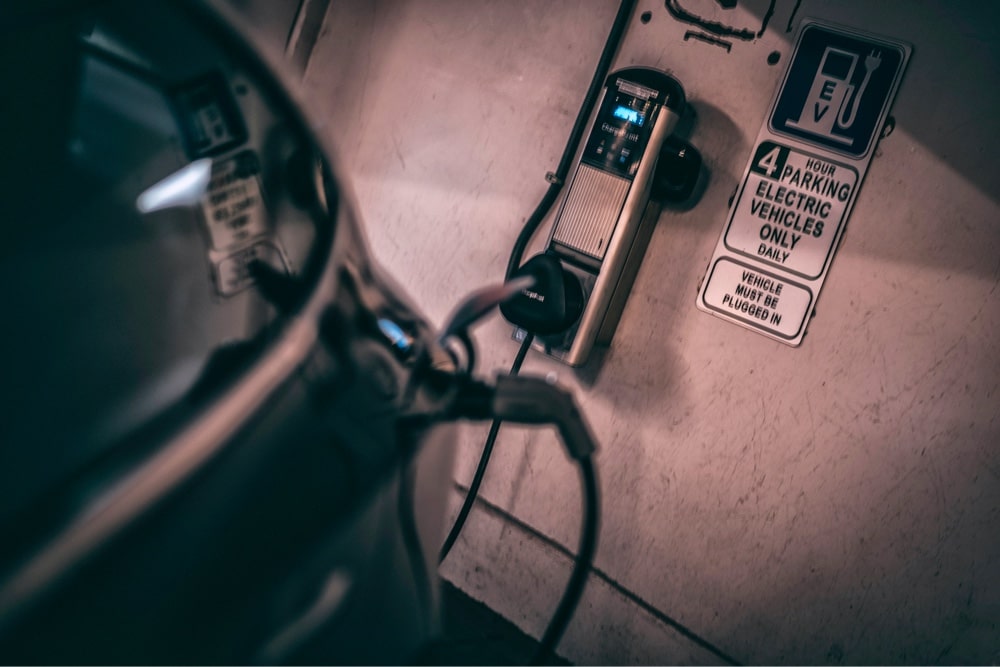EV Charging is Easy
Imagine never stopping at a gas station again, and instead, have an unlimited supply of fuel available at home or wherever you normally park. For many electric car drivers, this is a reality. All-electric cars never need gas, and for short trips, plug-in hybrids might use no gas.
Electric car charging is simple, cost-effective and convenient, particularly when you are plugged in at home—filling up your car even while you’re asleep. How long it takes to charge depends on the charging equipment and the size of the car’s battery and its available charging capacity.
Although electric car drivers primarily charge at home, workplace and public chargers are increasingly available in communities nationwide.
There are three convenient ways to charge your electric car.
See how easy it is to charge? Now compare electric cars and find out more about range.
Charging Basics
You can charge your electric car using standard 120 volt(V) home outlets (Level 1), 208-240V outlets like those used by your dryer (Level 2), or dedicated 480V+ public fast chargers (DC Fast Charging). The time it takes to charge using each of these three options depends on your drive and the size of the battery. Charging speed is also determined by the size of the vehicle’s on-board charger and the power lever of the charging equipment.
Level 1
Level 1 charging uses a standard 120-volt plug. Today, new electric cars come with portable charging equipment to allow you to plug in to any 120-volt outlet. Typically, the average daily commute of 40 miles can be easily replenished overnight with a Level 1 charger.
Level 2
In most cases Level 2 charging requires charging equipment to be purchased and installed. The typical Level 2 charger can replenish the same 40 mile average daily commute in less than 2 hours.
DC Fast Charging
DC fast chargers can provide 10 to 20 miles of range per minute.
DC Fast Charging is for public charging stations only and not for home use.
Most fully electric cars are equipped for DC Fast Charging today, but always be aware of your car’s charging connector before you try to plug in. You will either have a Tesla connector that can be used at a Tesla Supercharger, an SAE Combo connector or a Chademo connector.
Want to learn more on Fast Charging?
Check out this Quick Guide to Fast Charging by ChargePoint.
Home Charging
Level 1 and Level 2 Charging Options
Level 1: Electric cars come standard with a 120-volt Level 1 portable charger. Yes, these chargers can be plugged into a simple household outlet, and don’t require any special installation. Pretty cool, right?
Level 2: Drivers can also pursue a higher-powered Level 2 unit for sale and installation in their home. Shop Level 2 chargers and learn about incentives using our Home Charging Advisor. Learn more about home charging with our FAQs.
Tesla’s electric cars come with a plug-in 120/240-volt Level 1/2 charger. These require a 240-volt outlet, which most owners need to have professionally installed.
In general, most electric car drivers want the assurance and convenience of a quicker charge and eventually install the 240-volt, Level 2 charging ability in their home.
Home Charging Advisor
Find chargers and apply for incentives for charging your EV at home.
See how easy it is to charge? Now compare electric cars and find out more about range.
Workplace Charging
If charging at home is not an option or if you need to “top off” during the day for an extra errand, workplace charging is another convenient location to charge your car. Many employers are installing charging for their employees, so check with your company to see if this is an option for you.
If your employer has not implemented workplace charging yet, you can advocate that workplace charging is a good move. You can also provide them resources to help them consider the benefits.

Public Charging
Never fear! There are so many great charging station locators and mobile apps that help you find public charging stations when and where you need it. You can now expect public charging stations in public parking lots at the mall, the grocery store, movie theaters, community centers, arenas, hotels and airports.
Many are free or are offered at affordable prices, usually much less than the cost of gasoline.
You can search by charging speed and even by the station location you are interested, if it is available or currently in use.
Be sure to check with the car manufacturer and electric car driving manual for charging options that are right for your electric car. You may also need a subscription to charge with some of these networks, so plan ahead and do your research before going on that long road trip.
If you are a city or county looking to install public chargers in your area, check out the permitting video and resources to learn more about how you can increase charging in your area.
See how easy it is to charge? Now compare electric cars and find out more about range.

